The Bernese Alps is a mountain range in the central part of the Alps and a very prominent one. In fact, some of Switzerland most famous mountains are part of the Bernese Alps, notably the triplet of Mönch, Jungfrau and Eiger.
These giants of up to 4200 m high can be seen from afar and tower over some exclusive Swiss towns, such as Interlaken and Grindelwald. From there an (expensive) mountain rack railway goes all the way up to the station of Jungfraujoch at 3450 meters. It’s the highest station of Europe and, not surprisingly, surrounded by glaciers.
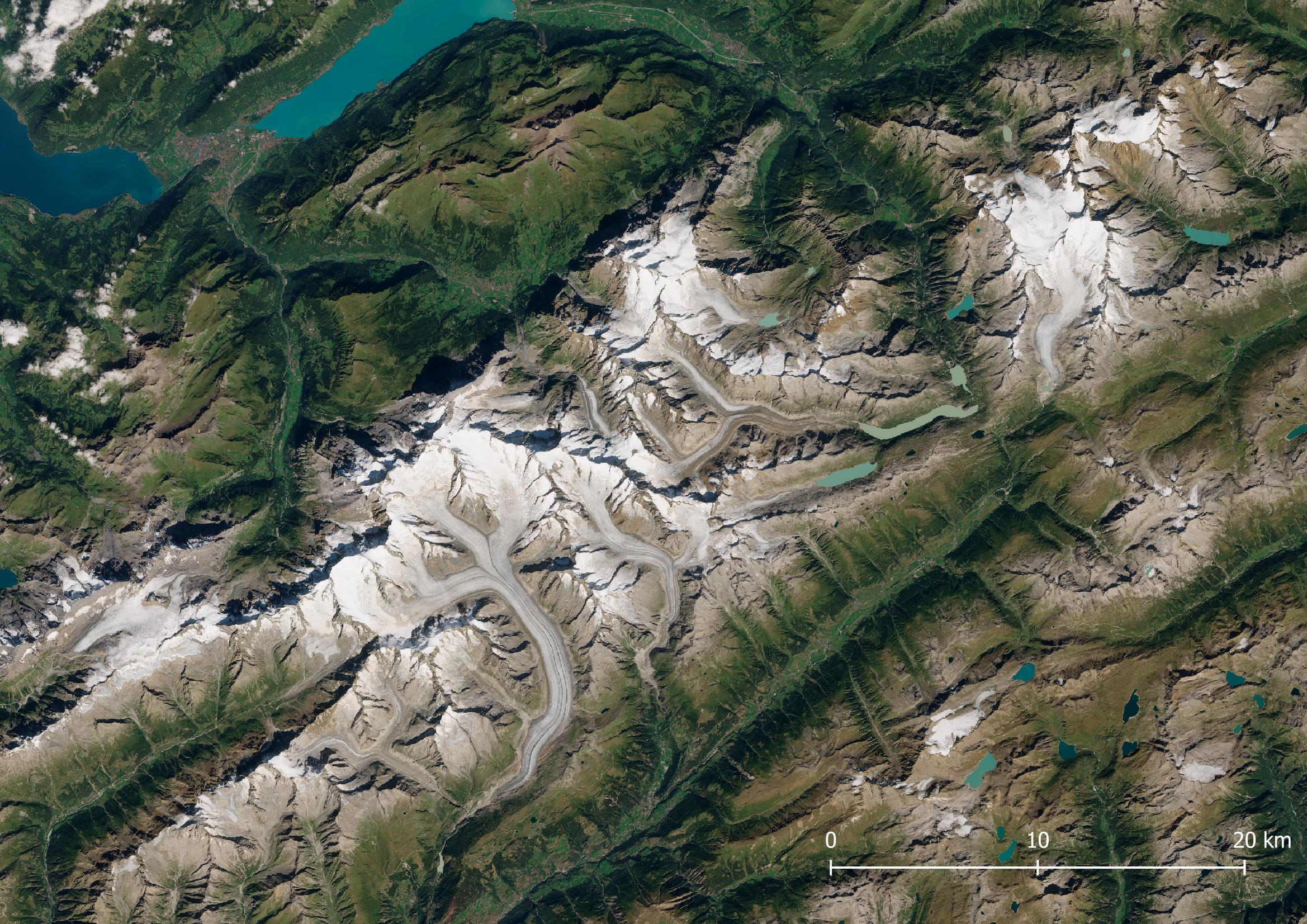
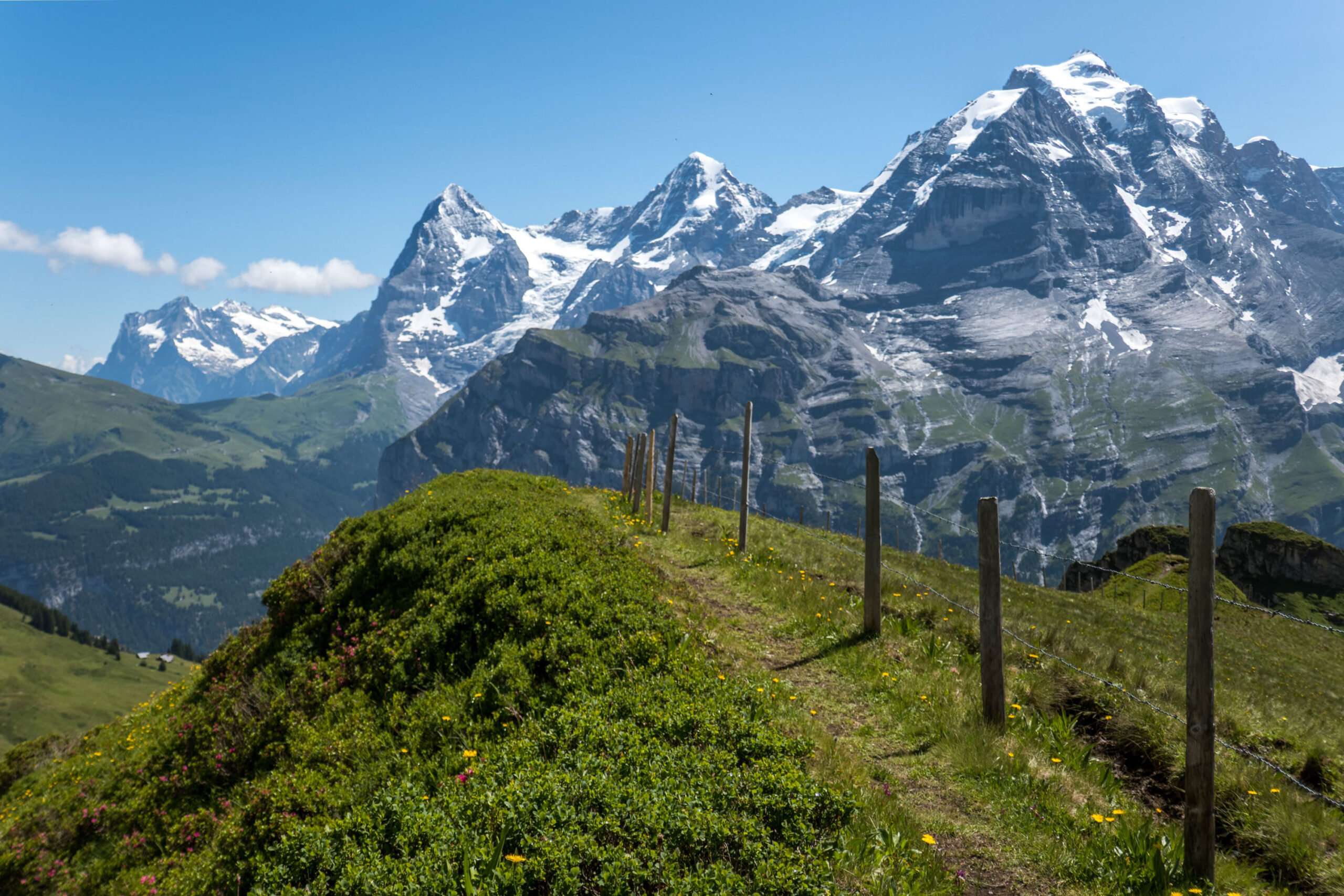
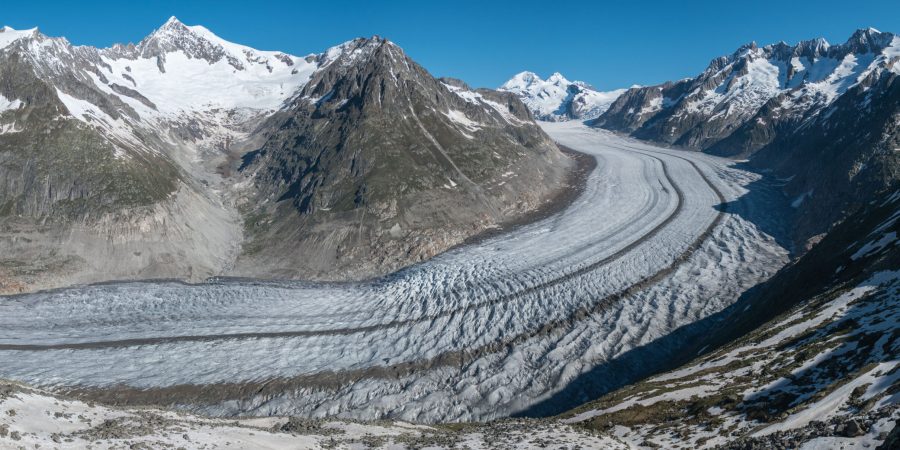
Glaciers occupy much of the Bernese Alps. This has everything to do with Grosser Aletschgletscher, the longest glacier of the Alps. It starts at the slopes of Mönch and Jungfrau and flows 22 kilometers downward. To the east, Fieschergletscher and Unteraargletscher are also two long and relatively flat glaciers, whereas northfacing glaciers like Rosenlouwigletscher and both Grindelwaldgletschers are much steeper. Except for the Aletchgletscher, which is accessible by cable-car, visiting the glaciers require long hikes.
All glaciers of the Bernese Alps are receding and downwasting fast. Summer temperatures are rising and it rains more often, at the expense of snow. Tributaries thus get cut off, snouts disconnected and surfaces increasingly covered by debris. Within the next decades virtually all ice will disappear. Only some relicts of Grosser Aletschgletscher will take a bit longer to die, as its maximum ice thickness is almost eight hundred meters.
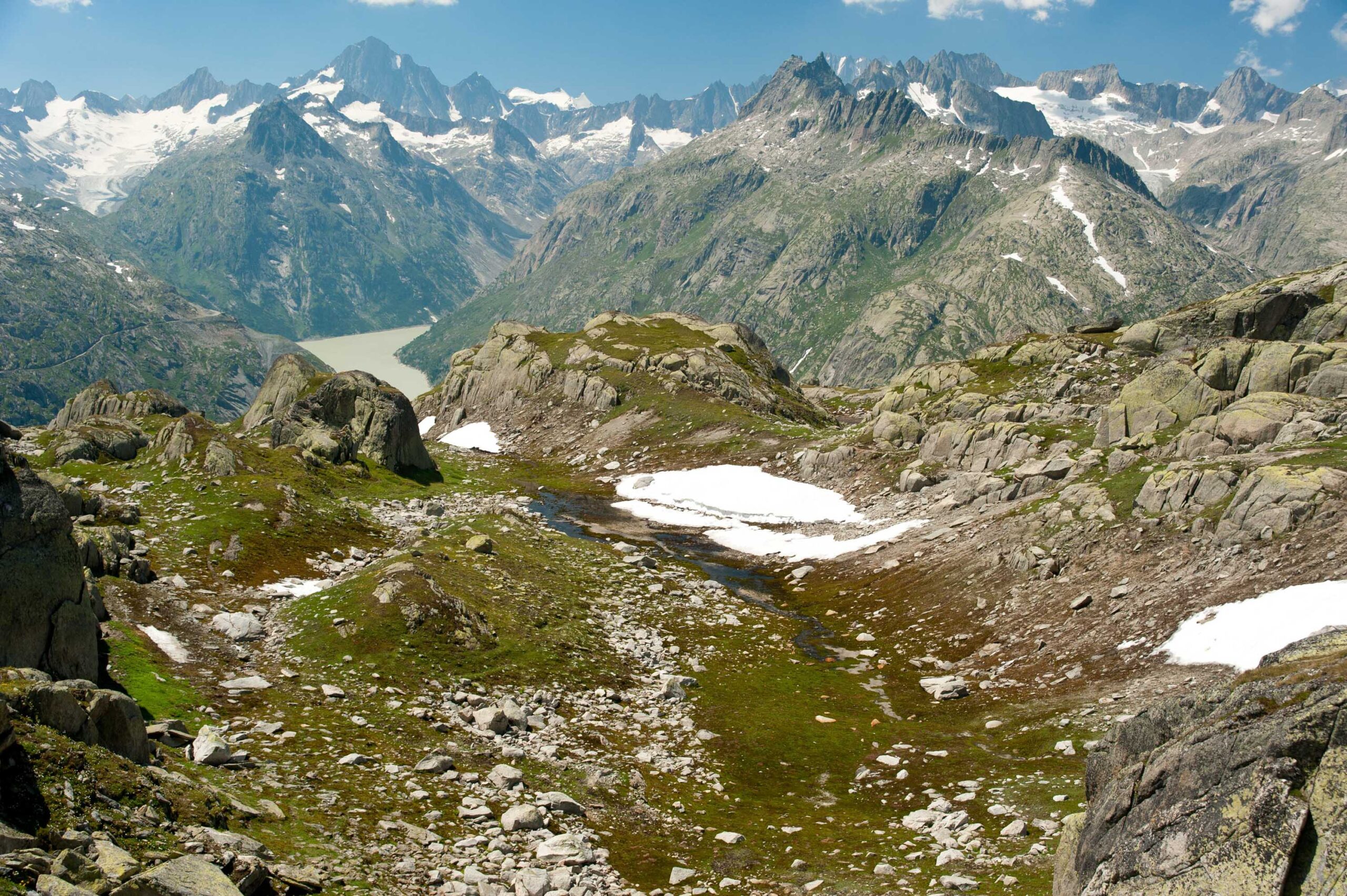
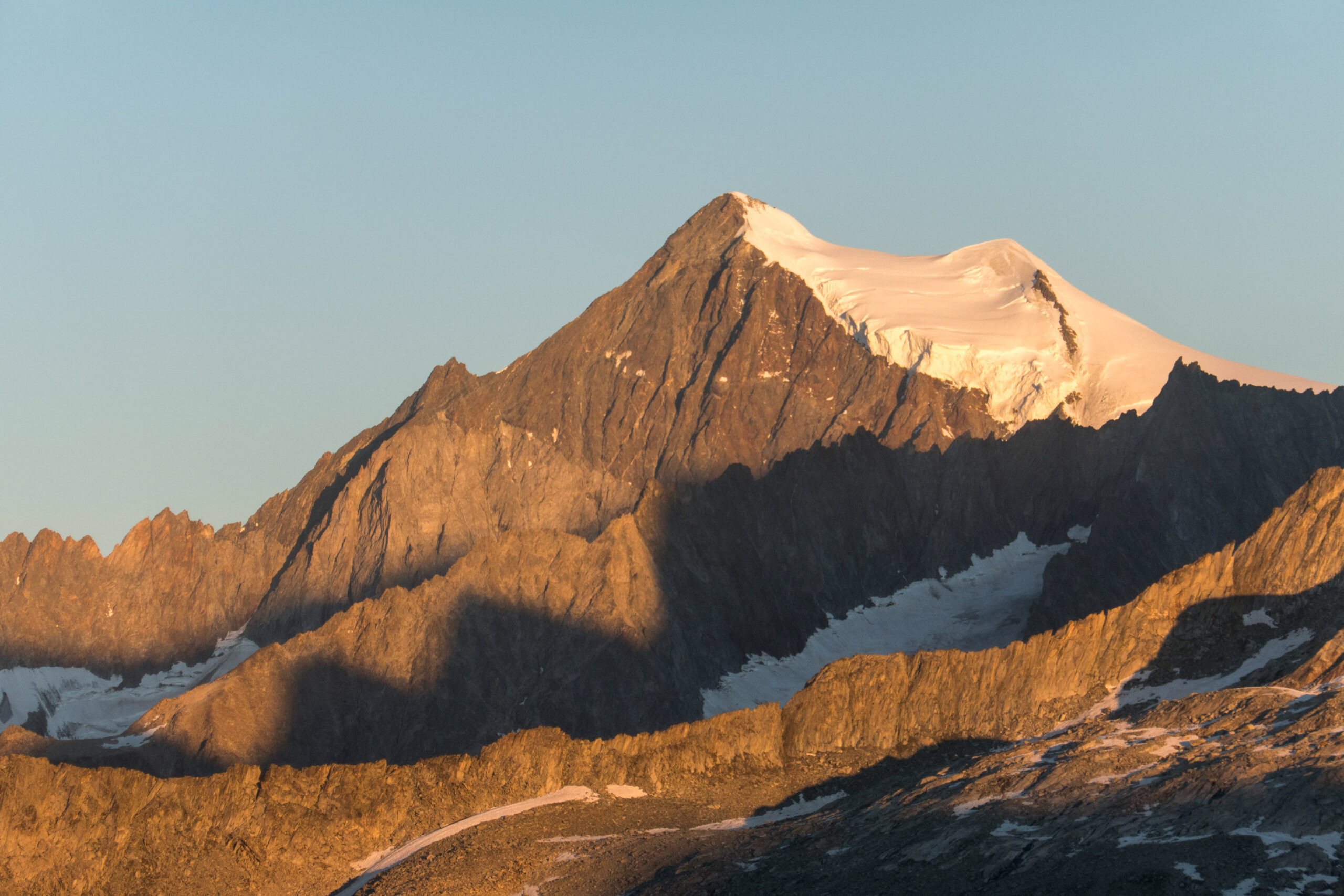

Search within glacierchange: